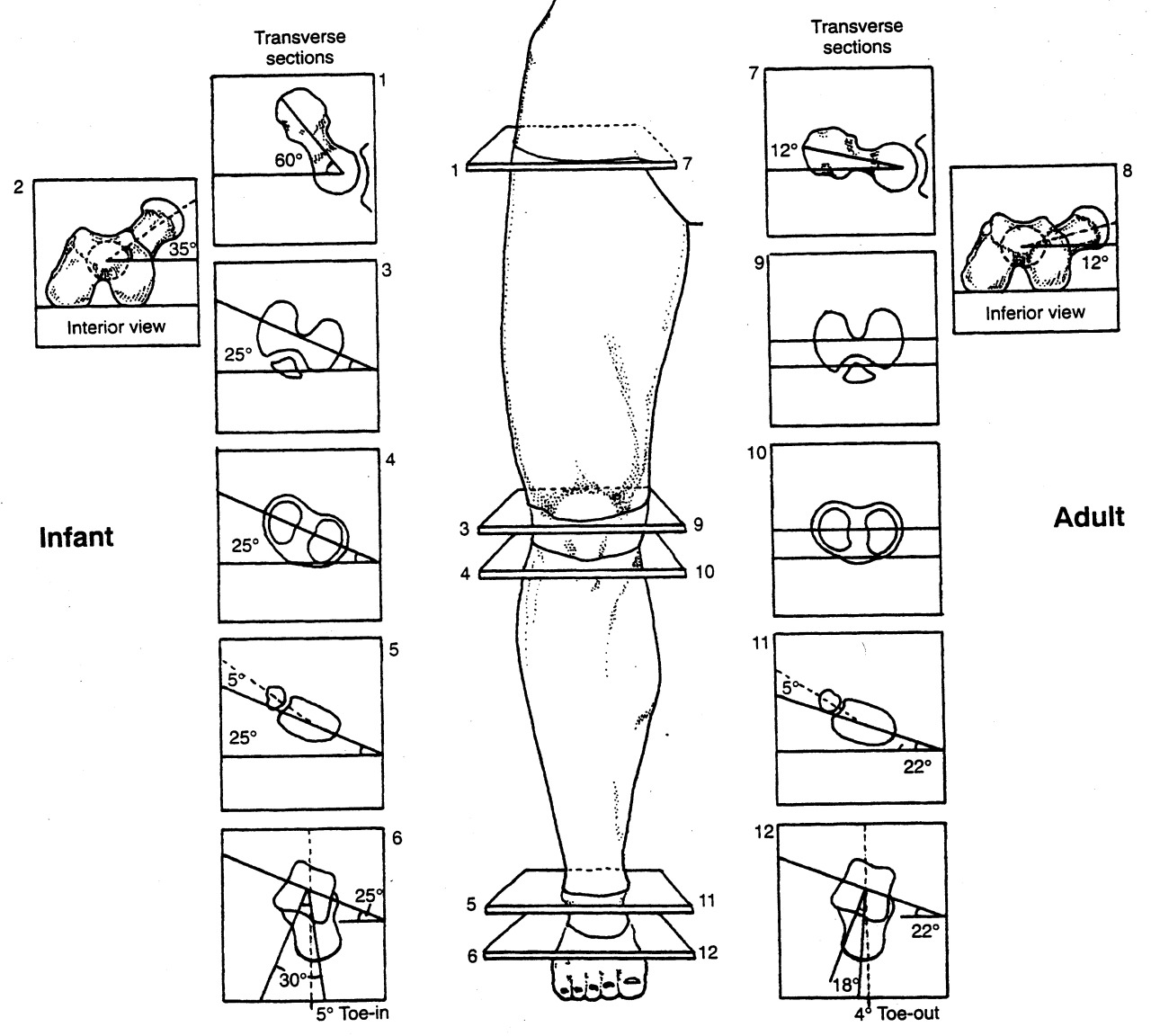Pod #124: Gluteal gripping, Runner's dystonia. Are leg length differences real ?
/Key tag words:
running, gait, injuries, kidney, kidneydamage, marathoners, foot, feet, dehydration, heatstroke, elon musk, neural lace, hip pain, crossfit, squats, deadlifts, LLD, short leg, dystonia, runner's dystonia, posture,
Summary: Today we hit some very important topics on how to examine a client and how asymmetries play into gait, running, posture and pathomechanics. We hope you enjoy today's show, it is our first one back in 6 weeks. We are back strong after a brief early summer sabbatical. Back to the "podcast every 2 weeks" again. Thanks for being patient while Ivo recharged for the second half of the year. Plus, on today's show, we also dive into Runner's kidney, dehydration, gluteal gripping, runner's dystonia, functional leg length differences due to asymmetries, and more !
Show links:
http://traffic.libsyn.com/thegaitguys/pod_124final.mp3
http://thegaitguys.libsyn.com/pod-124
Our Websites:
www.thegaitguys.com
summitchiroandrehab.com doctorallen.co shawnallen.net
Our website is all you need to remember. Everything you want, need and wish for is right there on the site.
Interested in our stuff ? Want to buy some of our lectures or our National Shoe Fit program? Click here (thegaitguys.com or thegaitguys.tumblr.com) and you will come to our websites. In the tabs, you will find tabs for STORE, SEMINARS, BOOK etc. We also lecture every 3rd Wednesday of the month on onlineCE.com. We have an extensive catalogued library of our courses there, you can take them any time for a nominal fee (~$20).
Our podcast is on iTunes, Soundcloud, and just about every other podcast harbor site, just google "the gait guys podcast", you will find us.
Show Notes:
Kidney Damage in Runners. 82% !?
http://www.newsweek.com/running-bad-you-marathons-damage-kidneys-runners-bodies-575829
Kidney nephropathy in mesoamericans.
http://www.ajkd.org/article/S0272-6386(15)01257-3/fulltext
Elon Musk's Neural Lace.
https://www.scoopwhoop.com/elon-musk-launches-neuralink-which-hopes-to-combine-your-brain-with-artificial-intelligence/
Leg length discrepancies,do they really even exist ?
Dystonia ?
The Gluteal gripping phenomenon.



















